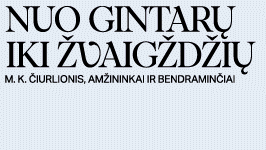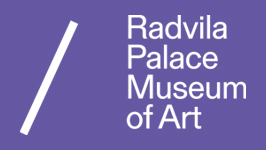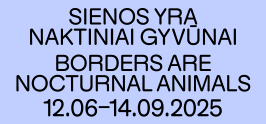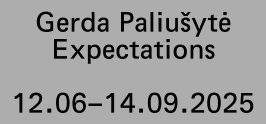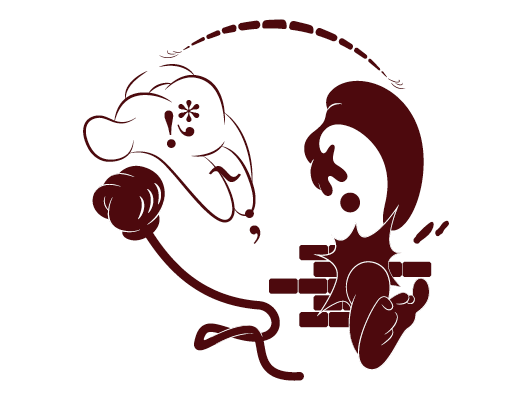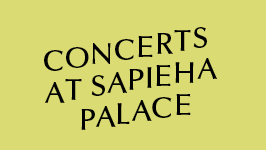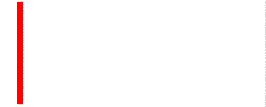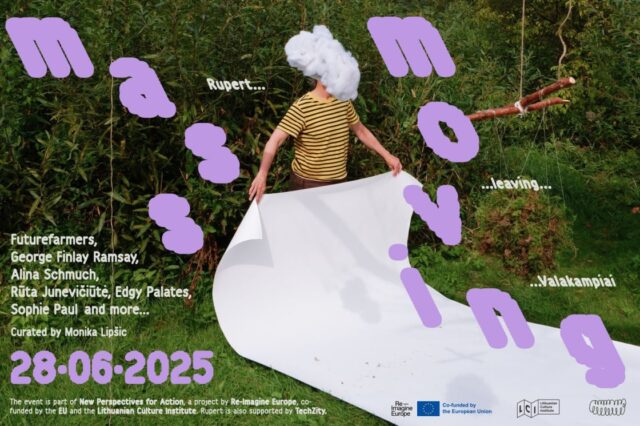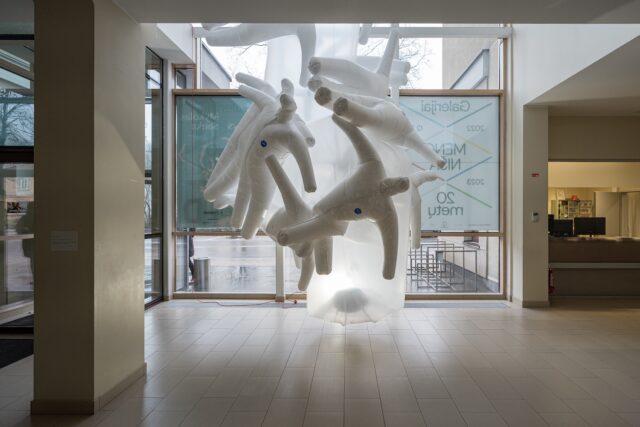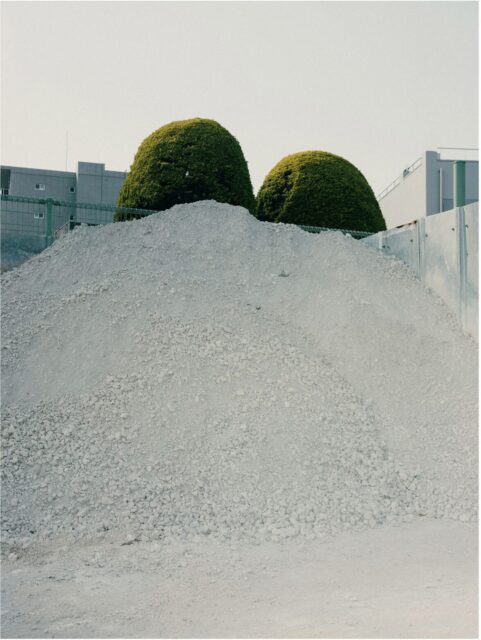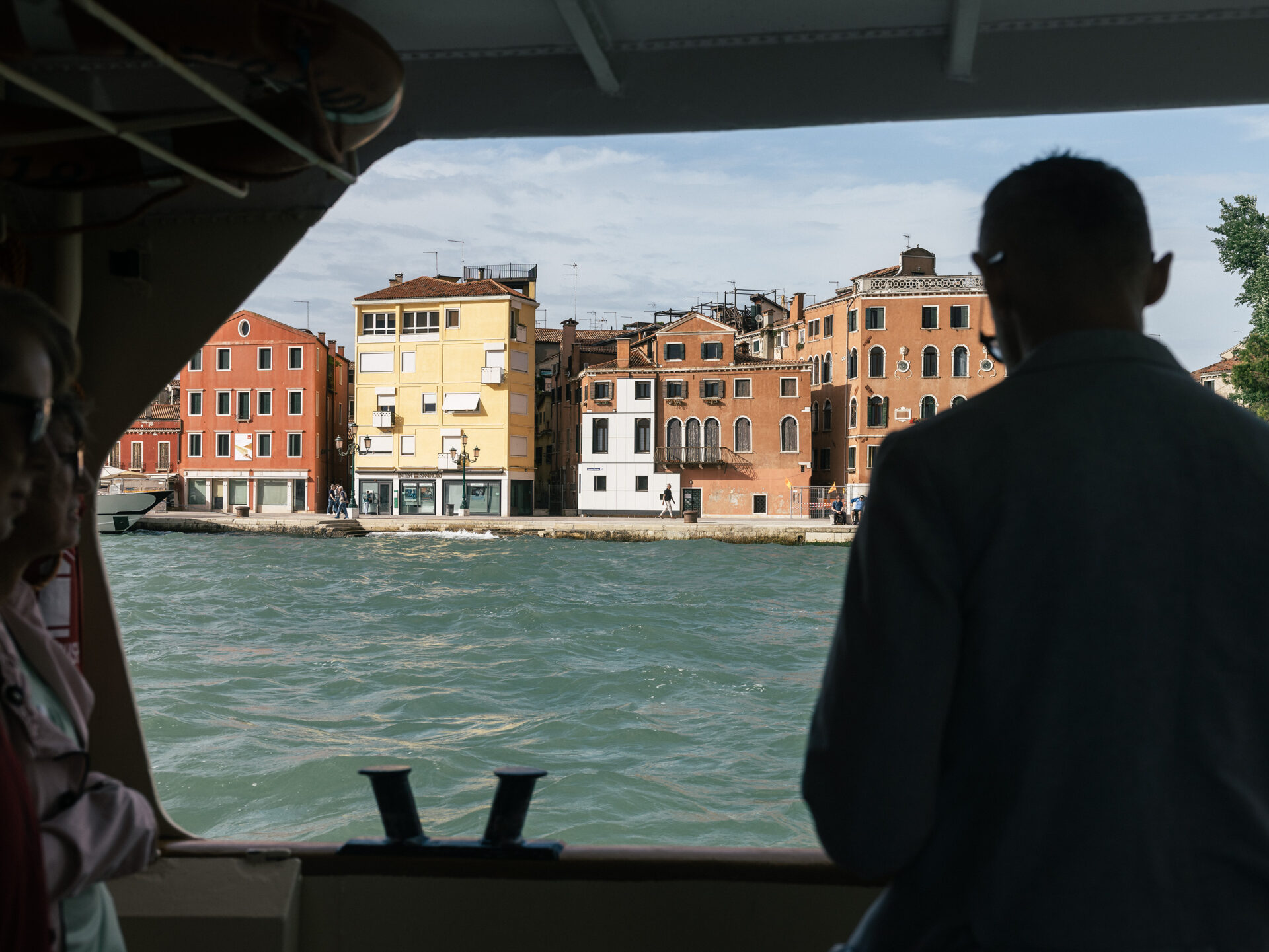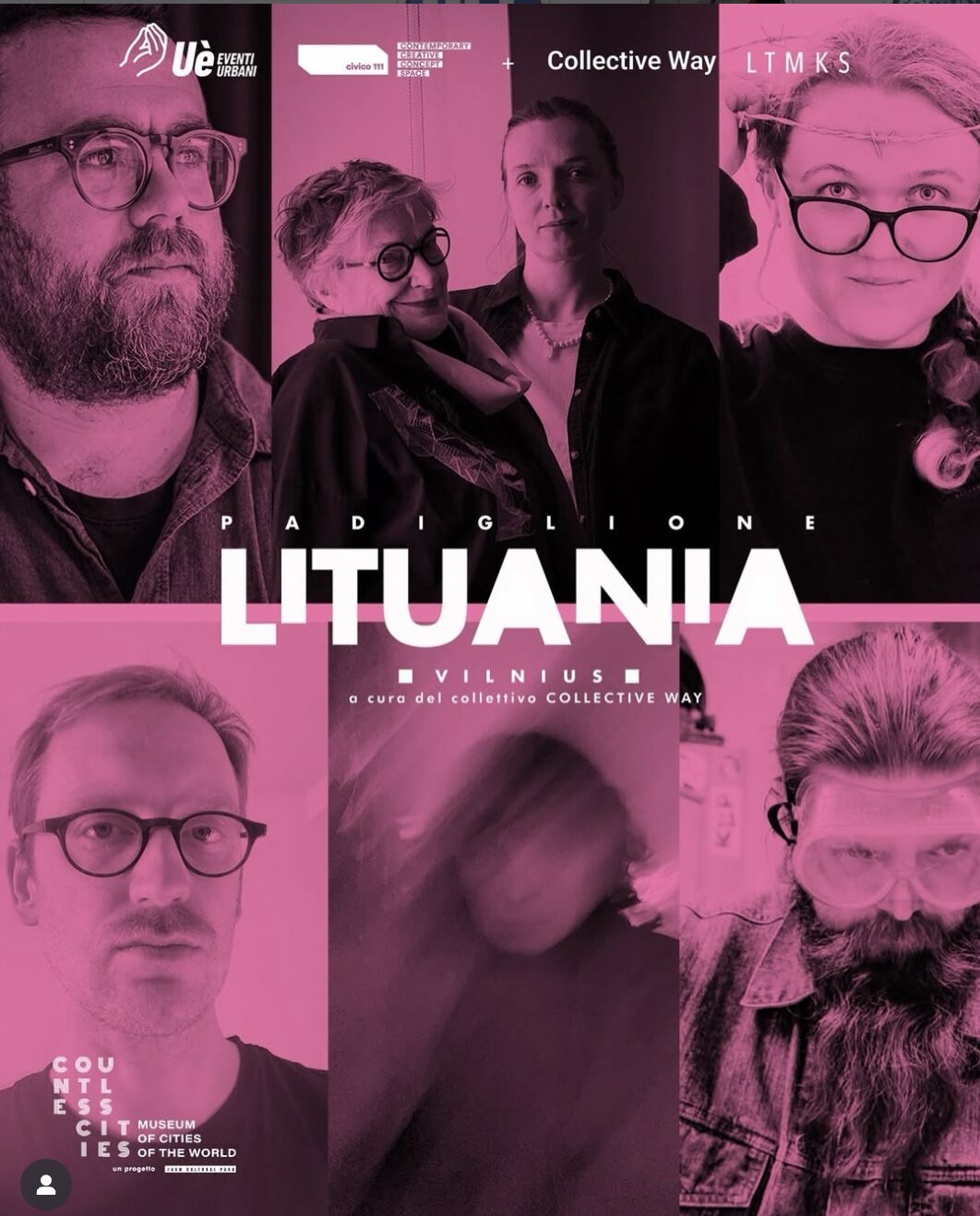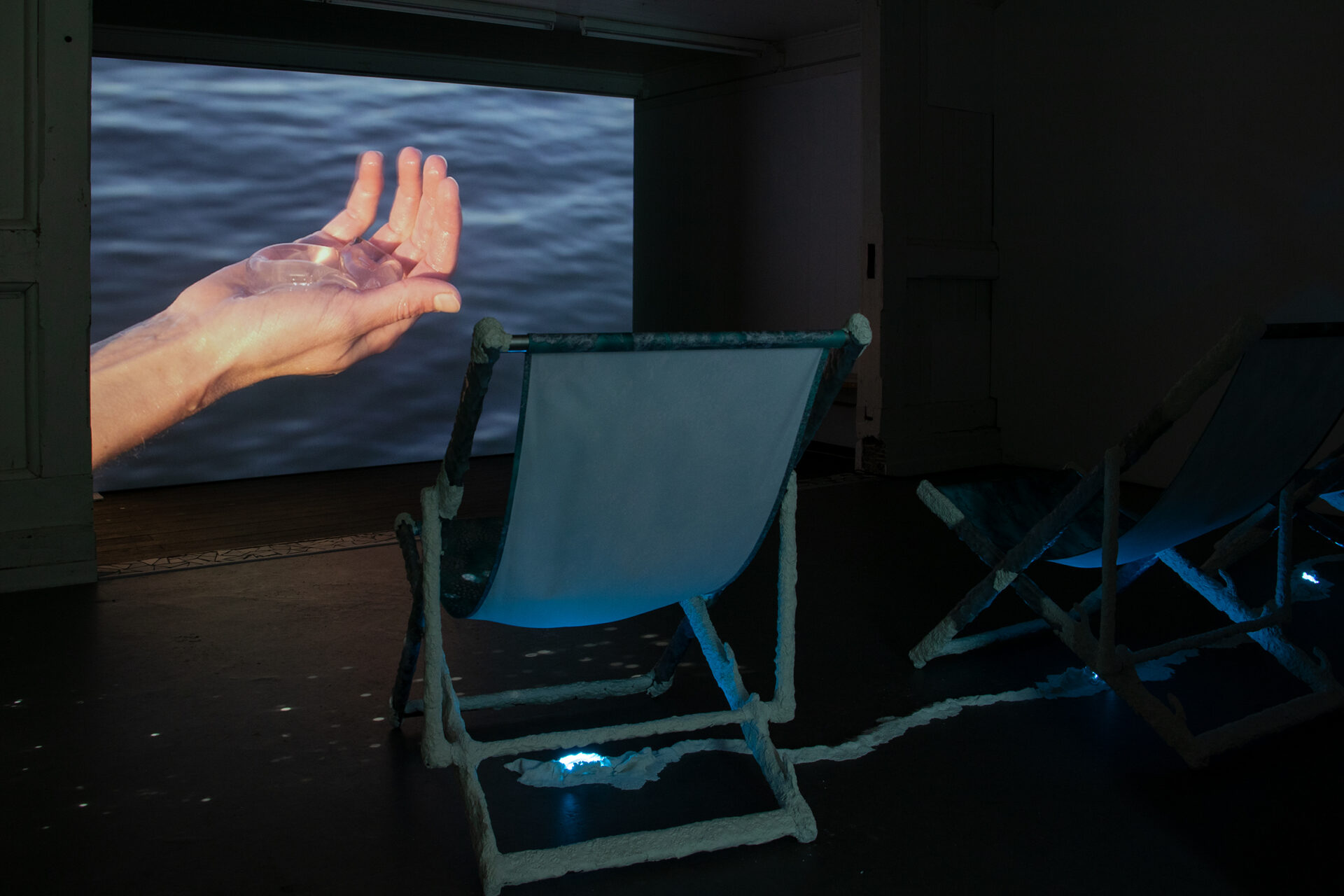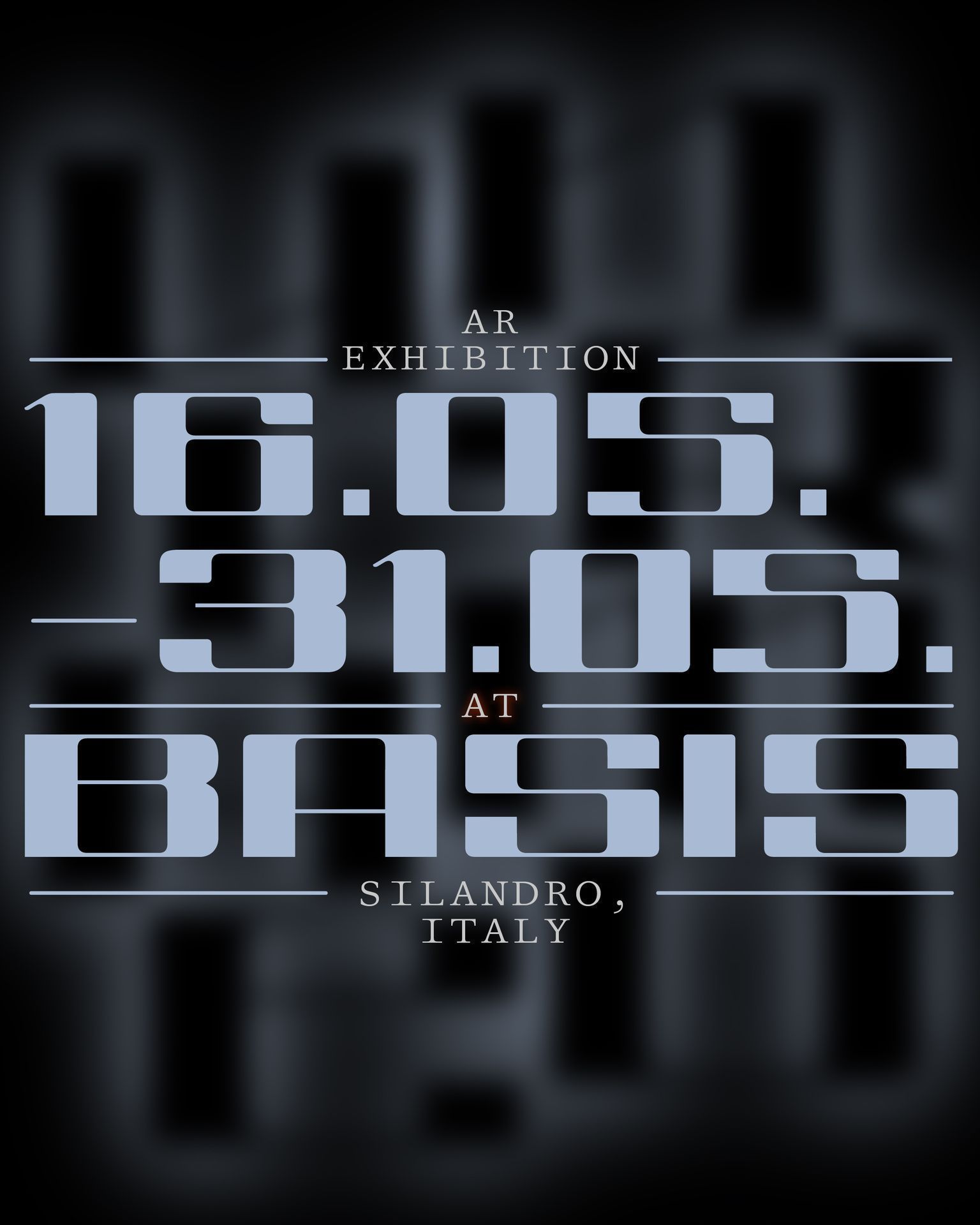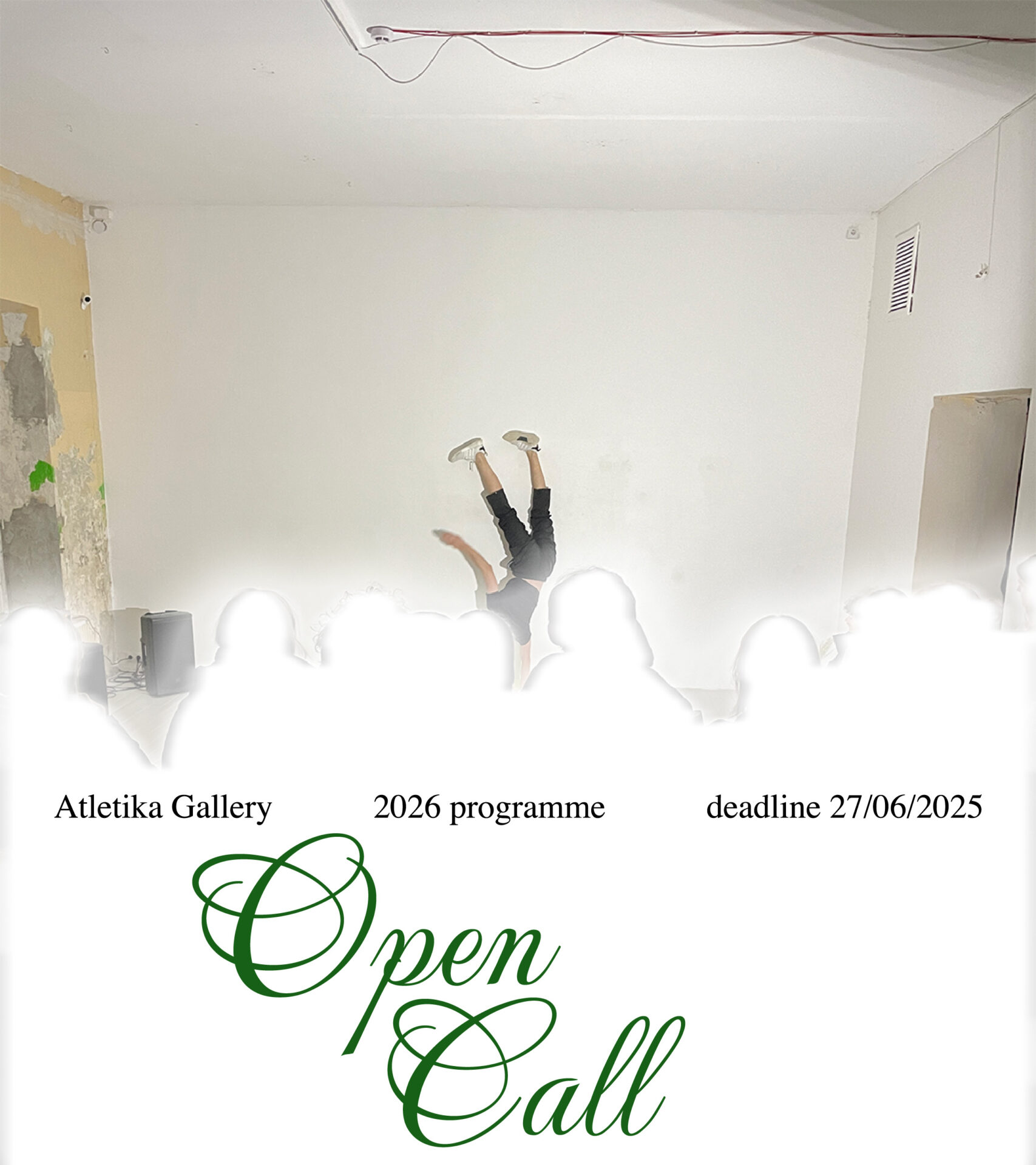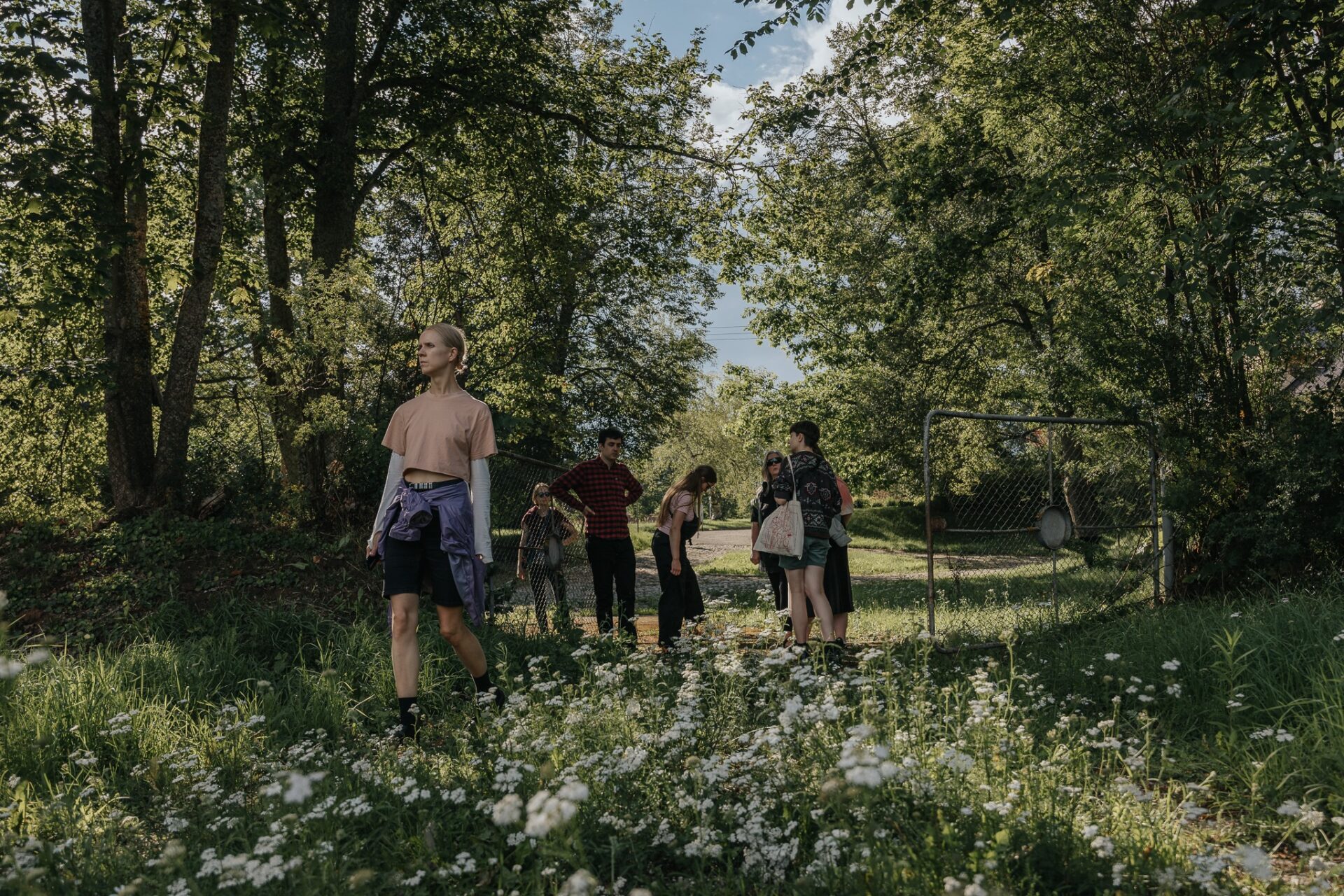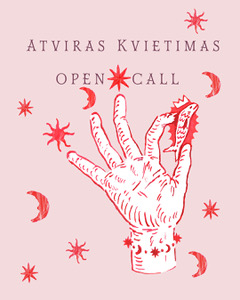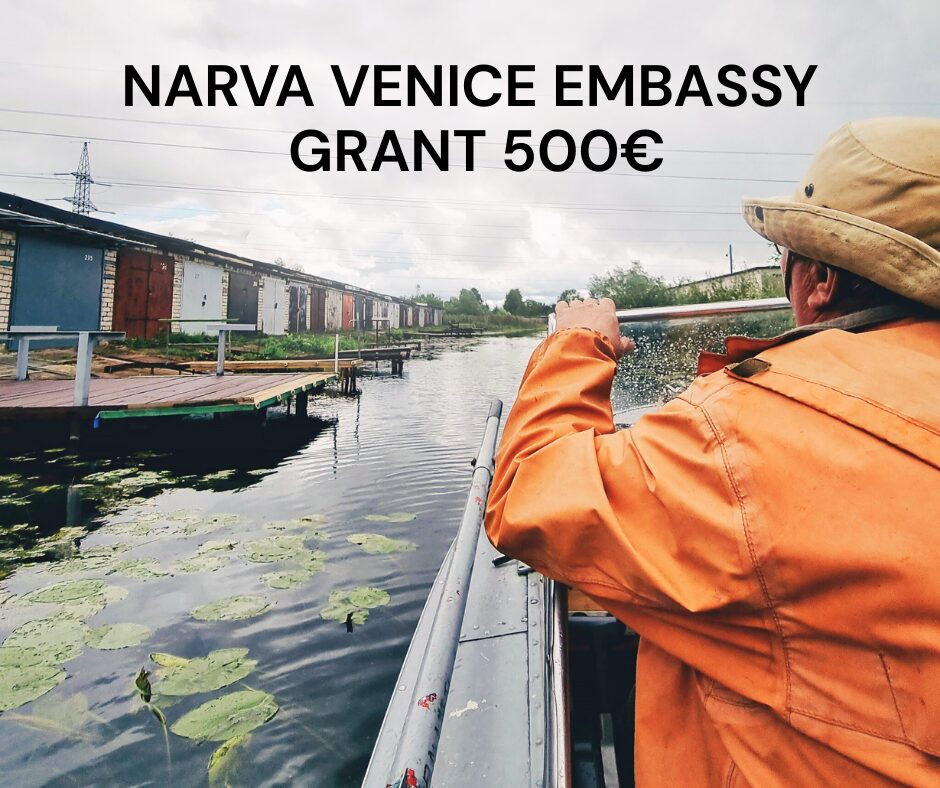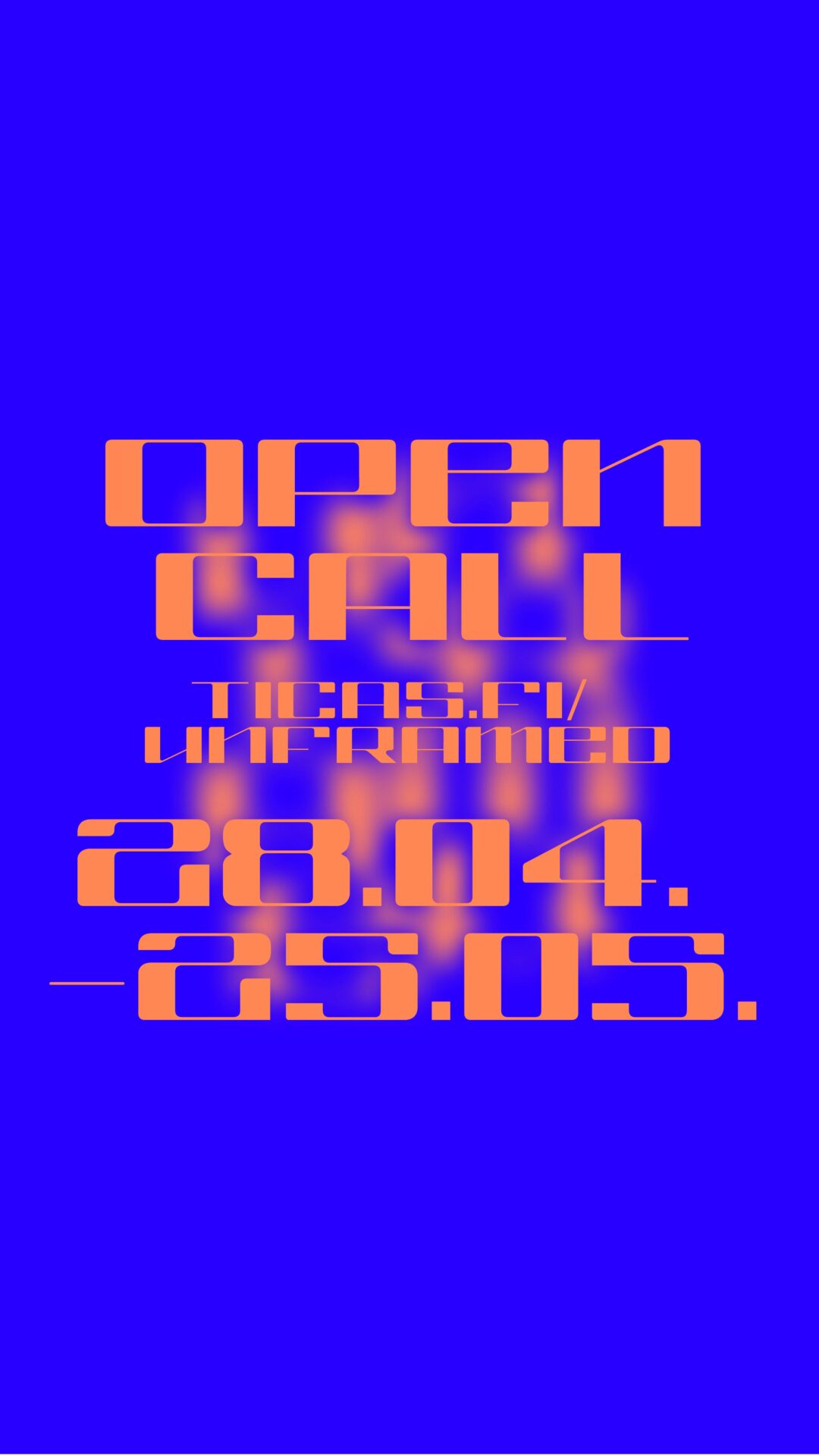Radical art today is synonymous with dark art; its primary colour is black.
– Theodor W. Adorno
Blut und Boden was a key tenet of Nazi ideology. ‘Blood and Soil’ was not just about stealing other people’s land and food; it was a mental crystal of feel-good darkness, a deviously emotional mobilising call in the ‘severe style’ of contempt for the Other that melted so many twentieth-century hearts, not just in Germany.
‘Blood and Soil’ still melts the hearts of those who live in fear of humiliation by those whom they, in turn, hold in explicit contempt. The broader fear today is that violent conflicts between humans will be the outcome of human violence against nature. One cursory look at the state of the world is enough to realise that these are not mere dystopian musings.
The exhibition title reveals these three dangerous words (because ‘and’ is never as innocuous as it might seem) as lethal poetic weapons rather than as blunt conceptual tools. This, by the way, was precisely how Nazi ideology worked. Yet ‘Blood and Soil: Dark Arts for Dark Times’ repurposes the hateful slogan to serve another agenda, one of preservation and development rather than destruction and violence.
The exhibition is both metaphorical and visual, both ‘Eurasian’ and ‘internationalist’, both down-to-earth and ephemeral. It does not attempt to ‘produce knowledge’ or ‘raise awareness’ or ‘chart territories’. Instead it relies on the determination of the participating artists to divert and subvert any curatorial agenda through their mind-opening practices. It suggests that painting may create spaces for thought, that film does more than entertain or communicate ideas and that performance is a suitable medium for telling multi-dimensional stories.
The ‘dark arts’ of the subtitle should be understood as dialectically related to the tradition of enlightenment (a critical reappraisal of it) rather than as diametrically opposed to it (an affirmation of what is sometimes ironically called ‘endarkenment’). It is only by acknowledging the darkness behind the shining façades of contemporary life that we can start moving towards the light.
How can we, the still-privileged inhabitants of 2019, stay loyal to culture, as the articulation of what is inalienably human, in a world that needs us to do everything we can to preserve what is inalienably natural? How can we become truly terrestrial – which goes far beyond flying less or using less plastic or eating less meat – without giving up cultural values and skills such as literacy, the power of ironic observation or enjoying form without succumbing to formalism?
Curators: Anders Kreuger and Julija Fomina
Artists: Kasper Bosmans (Belgium, 1990); Izmail Efimov (Republic of Mari El, Russian Federation, 1946); Róza El-Hassan (Syria/Hungary, 1966); Emnoyumno Collective (Republic of Udmurtia, Russian Federation: Kuchyran Yuri, 1962; Zhonzhon Sandyr, 1978); Aslan Gaisumov (Republic of Chechnya, Russian Federation, 1991); Simryn Gill (Malaysia/Australia, 1959); Alma Heikkilä (Finland, 1984); Rustam Khalfin (Kazakhstan, 1949–2008); Donna Kukama (South Africa, 1981); Juha Pekka Matias Laakkonen (Finland, 1982); Alexander Lee (French Polynesia/US, 1974); Aurelija Maknytė (Lithuania, 1969); Pavel Mikushev (Republic of Komi, Russian Federation, 1962); Gediminas Pempė (Lithuania, 1922–2008); Daina Pupkevičiūtė (Lithuania, 1983); Artūras Raila (Lithuania, 1962); Vaida Tamoševičiūtė (Lithuania, 1983); Maria Taniguchi (The Philippines, 1981); Jaan Toomik (Estonia, 1961); Trevor Yeung (Hong Kong, 1988); Nicolas Wefers (Germany, 1987); Kazė Zimblytė (Lithuania, 1933–1999); Darius Žiūra (Lithuania, 1968)
Contemporary Art Centre, Vilnius
2019.06.14-08.18

Photo by Andrej Vasilenko

Kazė Zimblytė, paintings from Lithuanian Art Museum and Jonas Žiburkus collection, 1983–1994. Photo by Andrej Vasilenko
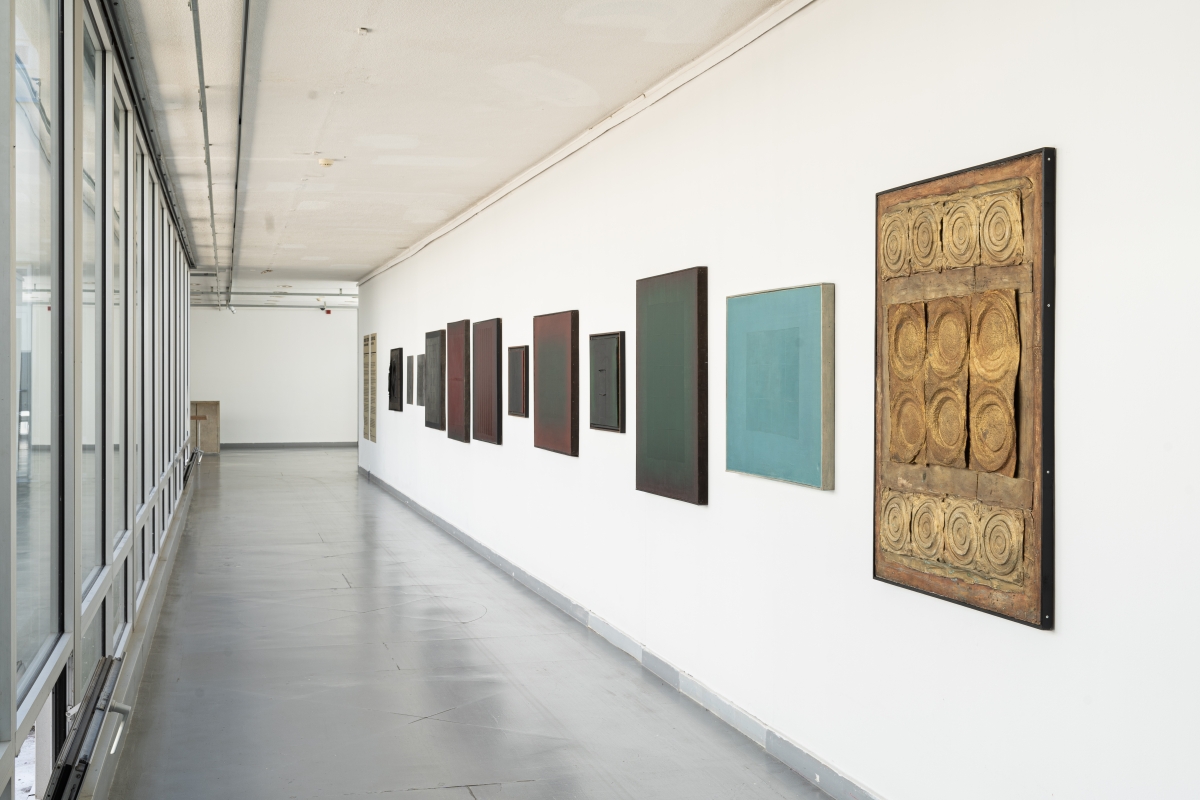
Kazė Zimblytė, paintings from Lithuanian Art Museum and Jonas Žiburkus collection, 1983–1994. Photo by Andrej Vasilenko
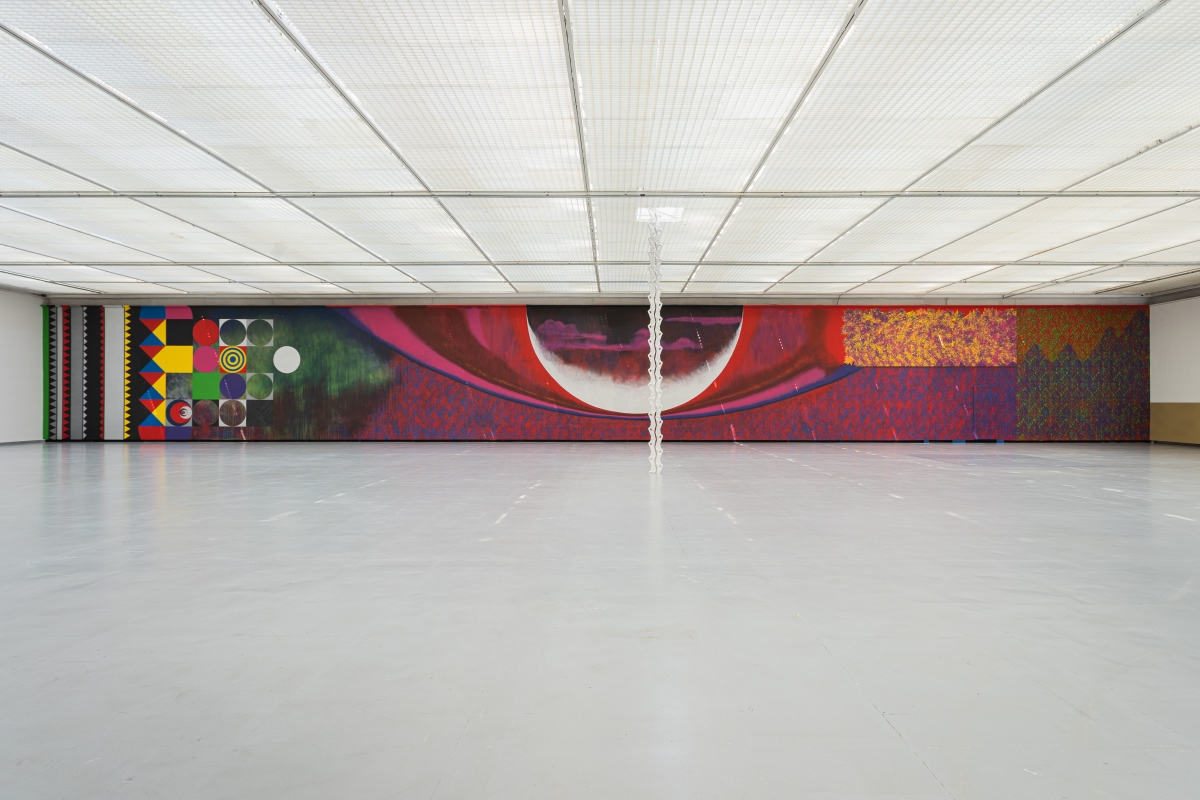
Alexander Lee, Nō taua tīruvi ra (Because of the Flood), 2019. Photo by Andrej Vasilenko
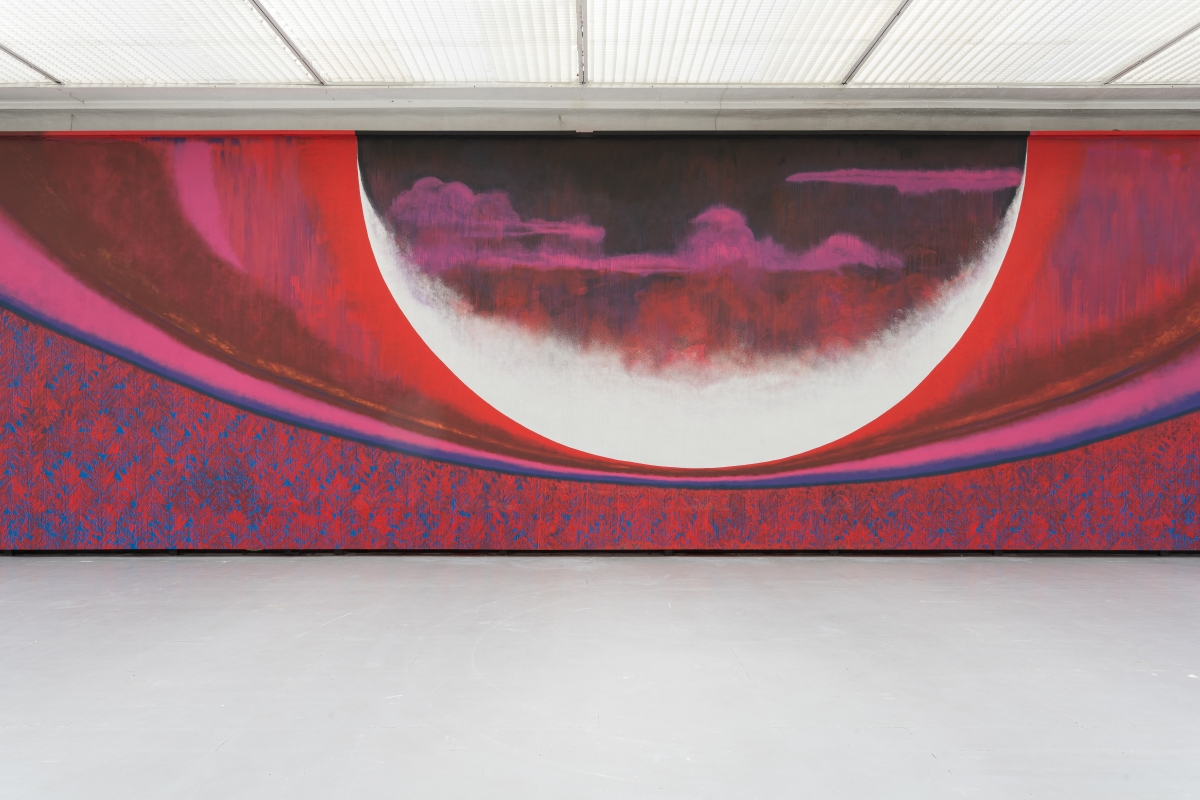
Alexander Lee, Nō taua tīruvi ra (Because of the Flood), 2019. Photo by Andrej Vasilenko
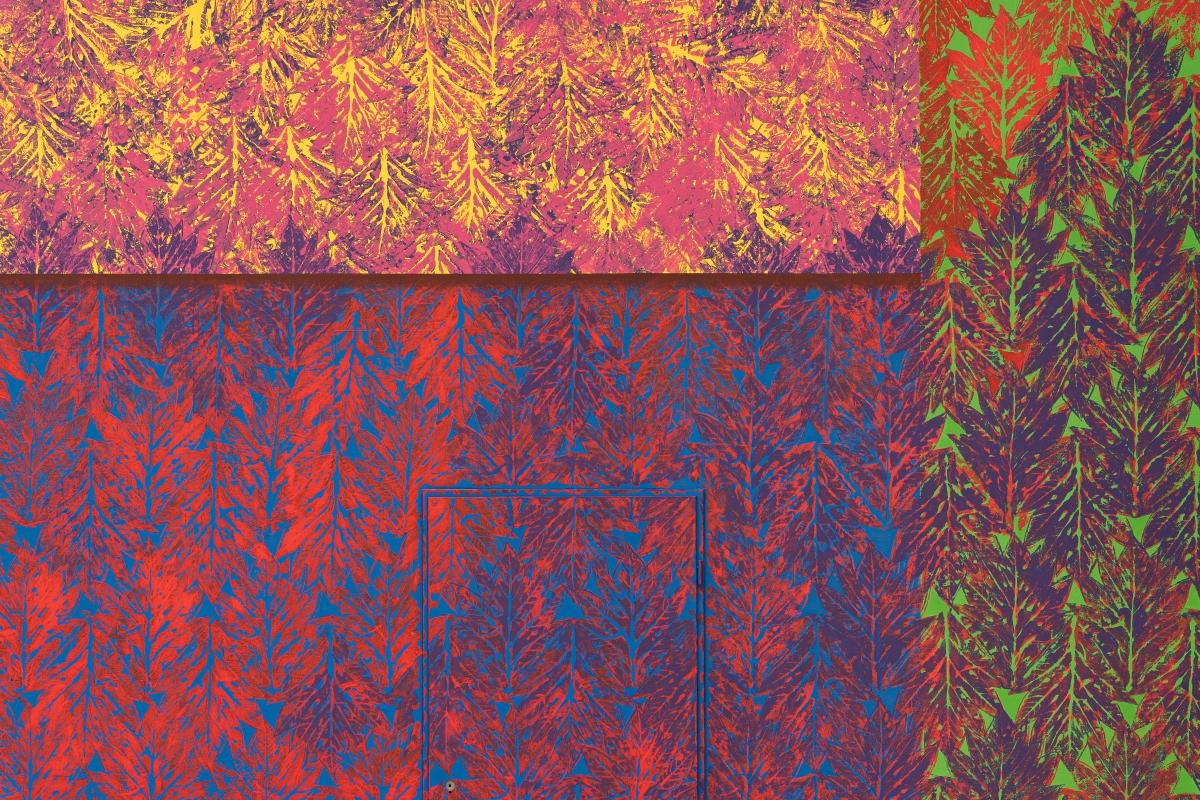
Alexander Lee, Nō taua tīruvi ra (Because of the Flood), 2019. Photo by Andrej Vasilenko

Alma Heikillä, these processes include plasticity, mutualistic symbiosis and extinction, 2019. Photo by Andrej Vasilenko

Alma Heikillä, these processes include plasticity, mutualistic symbiosis and extinction, 2019. Photo by Andrej Vasilenko
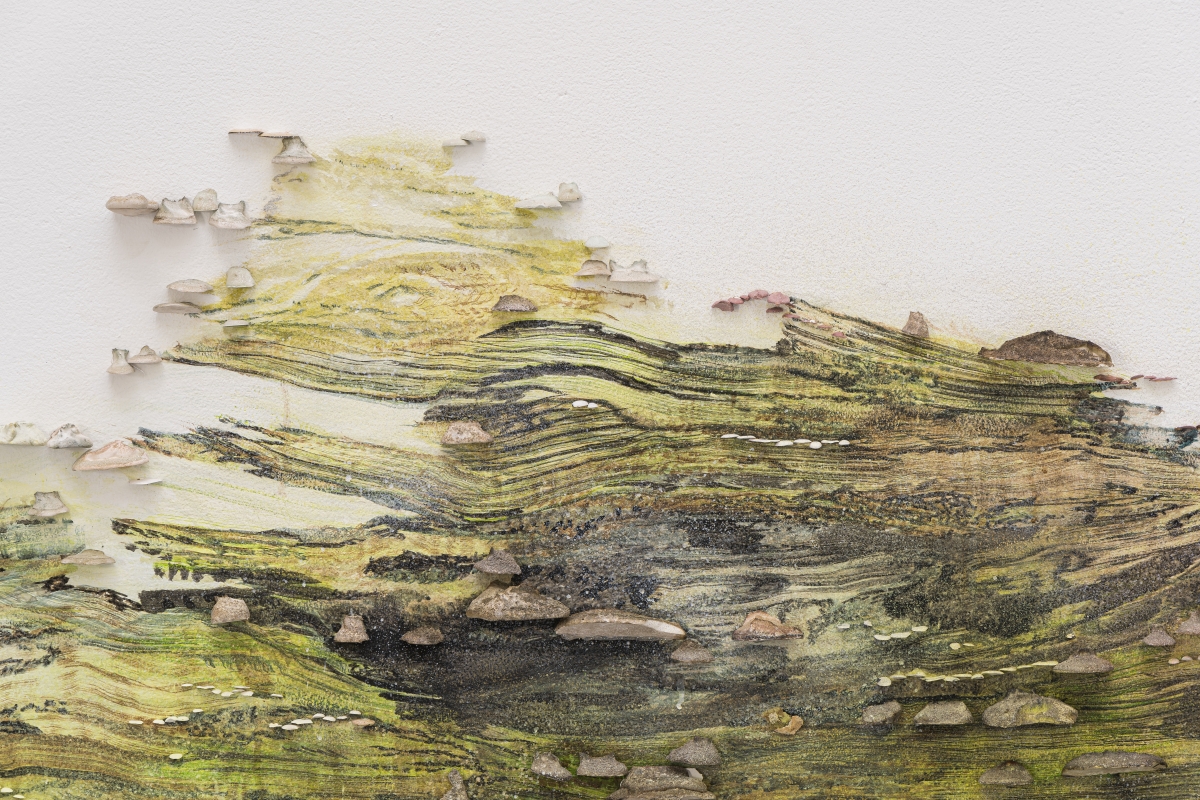
Alma Heikillä, these processes include plasticity, mutualistic symbiosis and extinction, 2019. Photo by Andrej Vasilenko
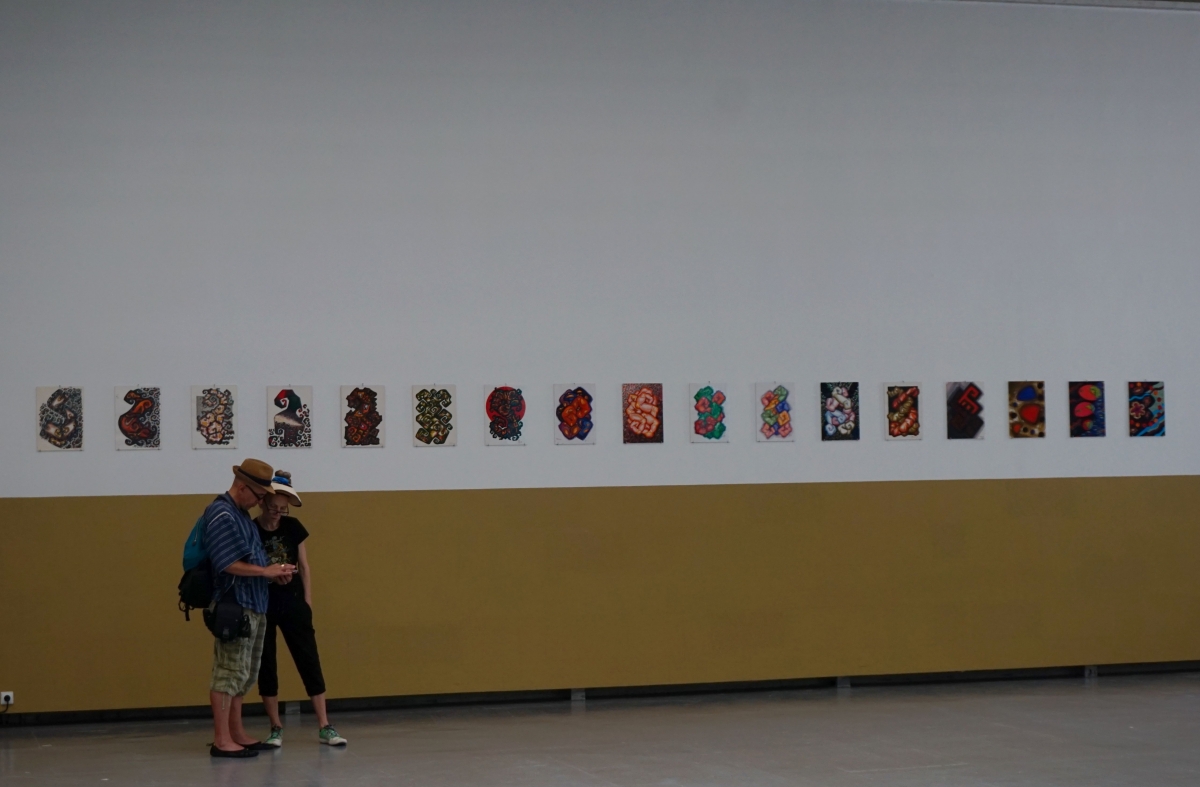
Kasper Bosmans, Vermiculated Rustication, 2016/2019 and Izmail Efimov, Floristica, 2019. Photo by Izmail Efimov
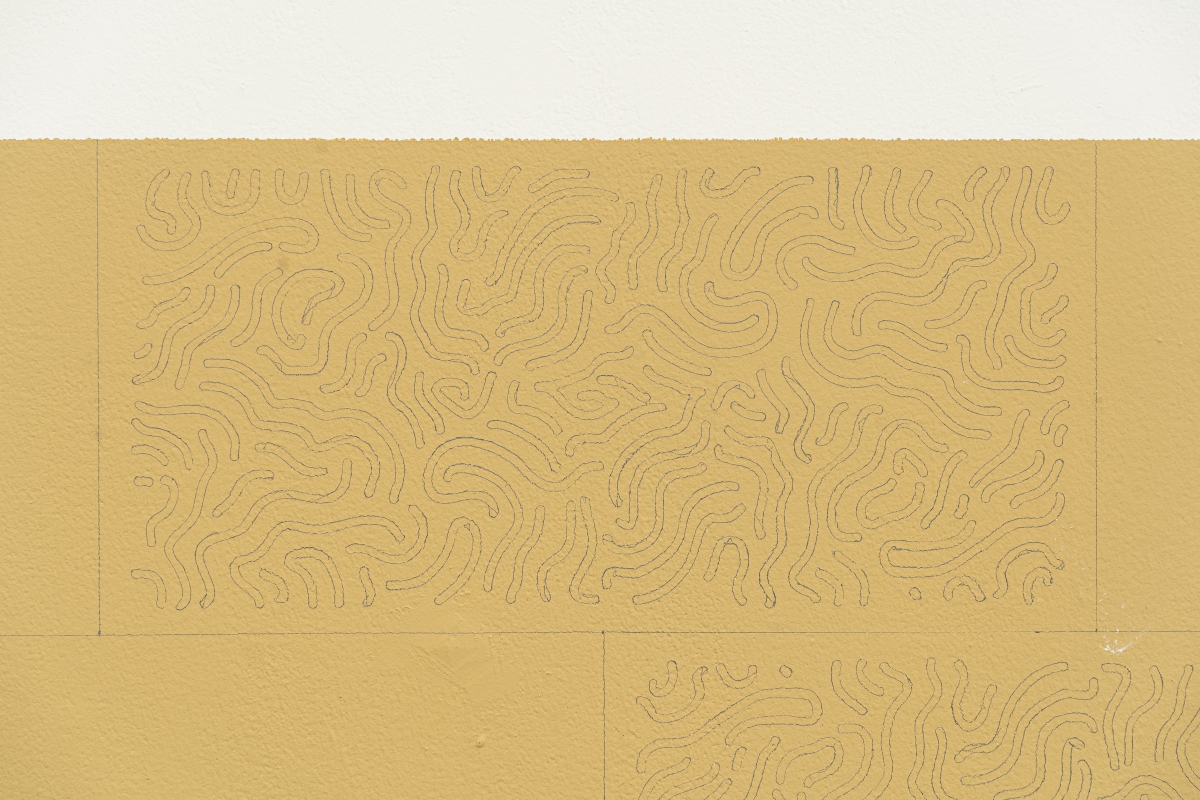
Kasper Bosmans, Vermiculated Rustication, 2016/2019. Photo by Andrej Vasilenko
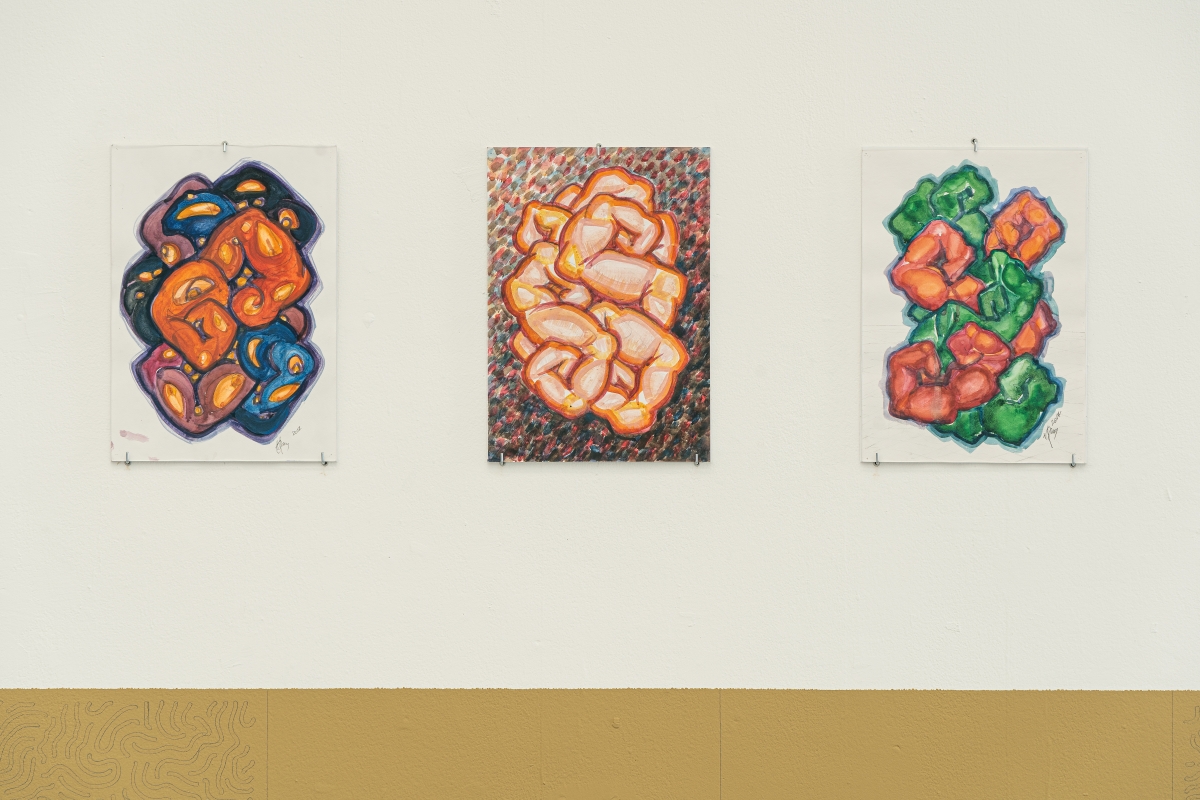
Izmail Efimov, Floristica, 2019. Photo by Andrej Vasilenko
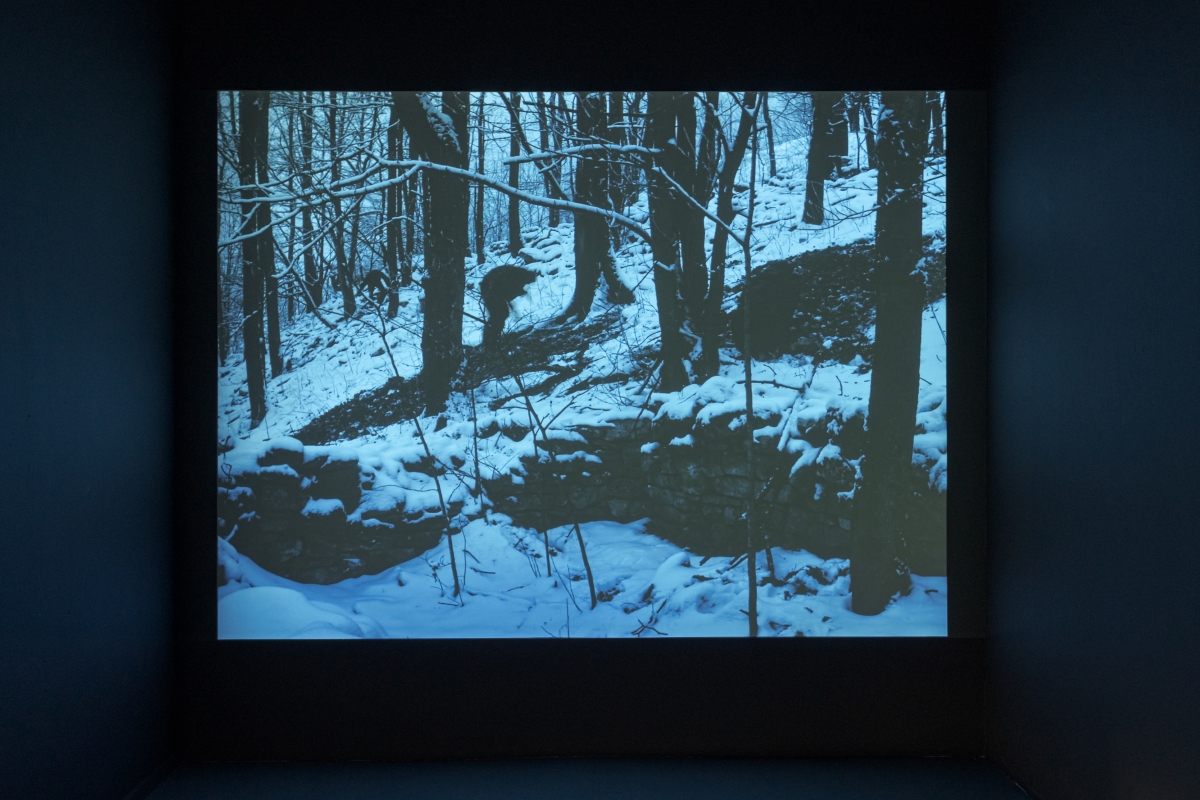
Aslan Gaisumov, Scythian Journey, 2019. Photo by Andrej Vasilenko
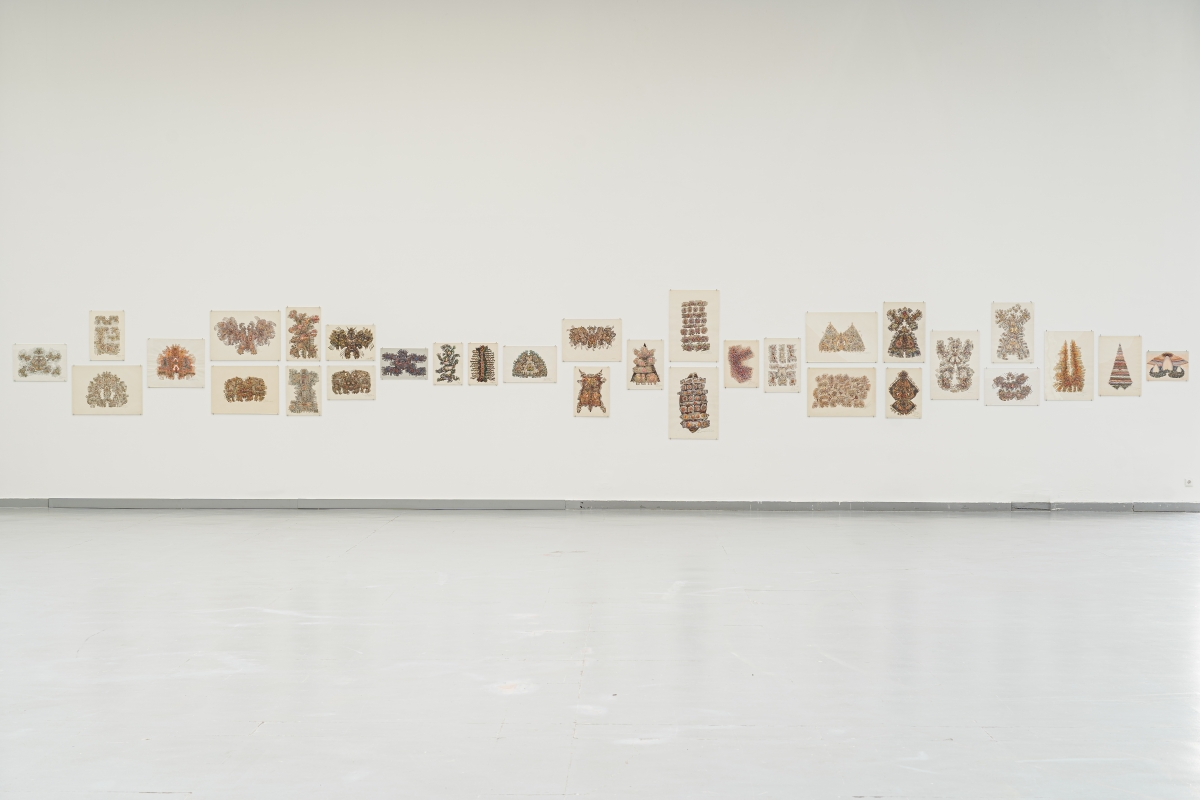
Izmail Efimov, Etnostructure, 1994–2015, collection of M HKA, Antwerp. Photo by Andrej Vasilenko
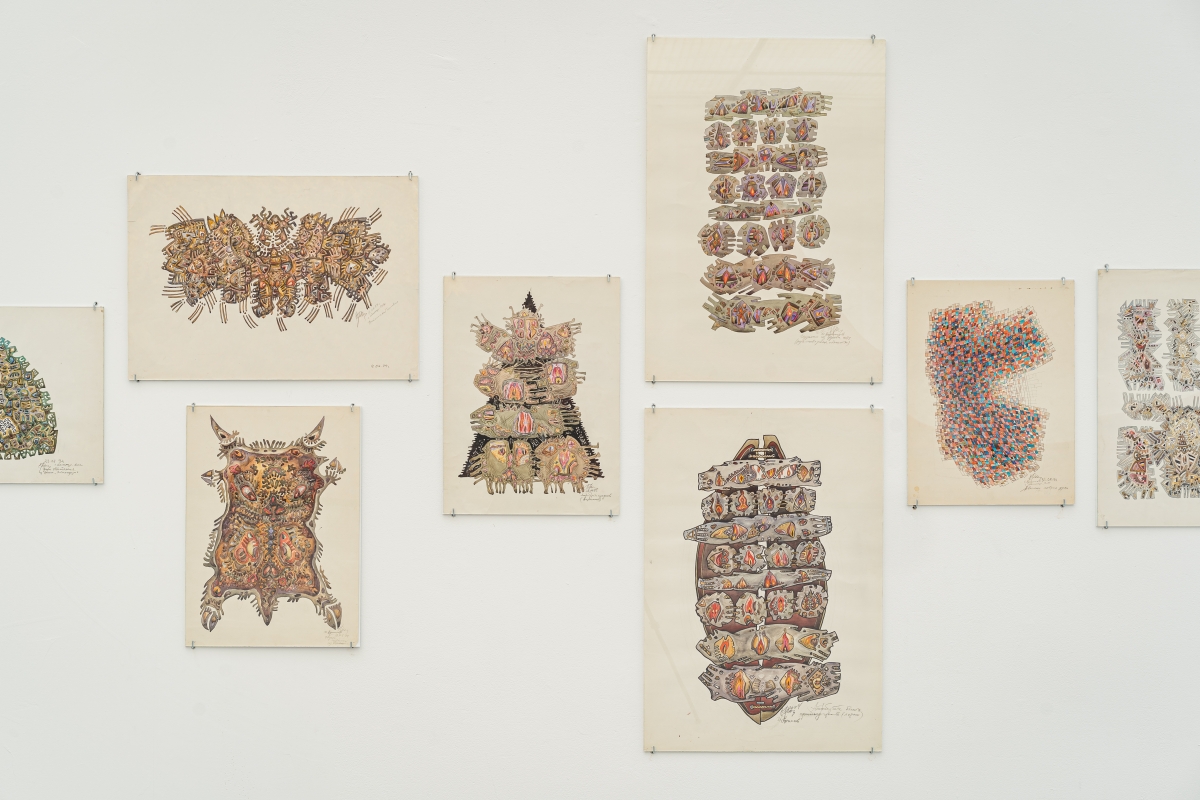
Izmail Efimov, Etnostructure, 1994–2015, collection of M HKA, Antwerp. Photo by Andrej Vasilenko
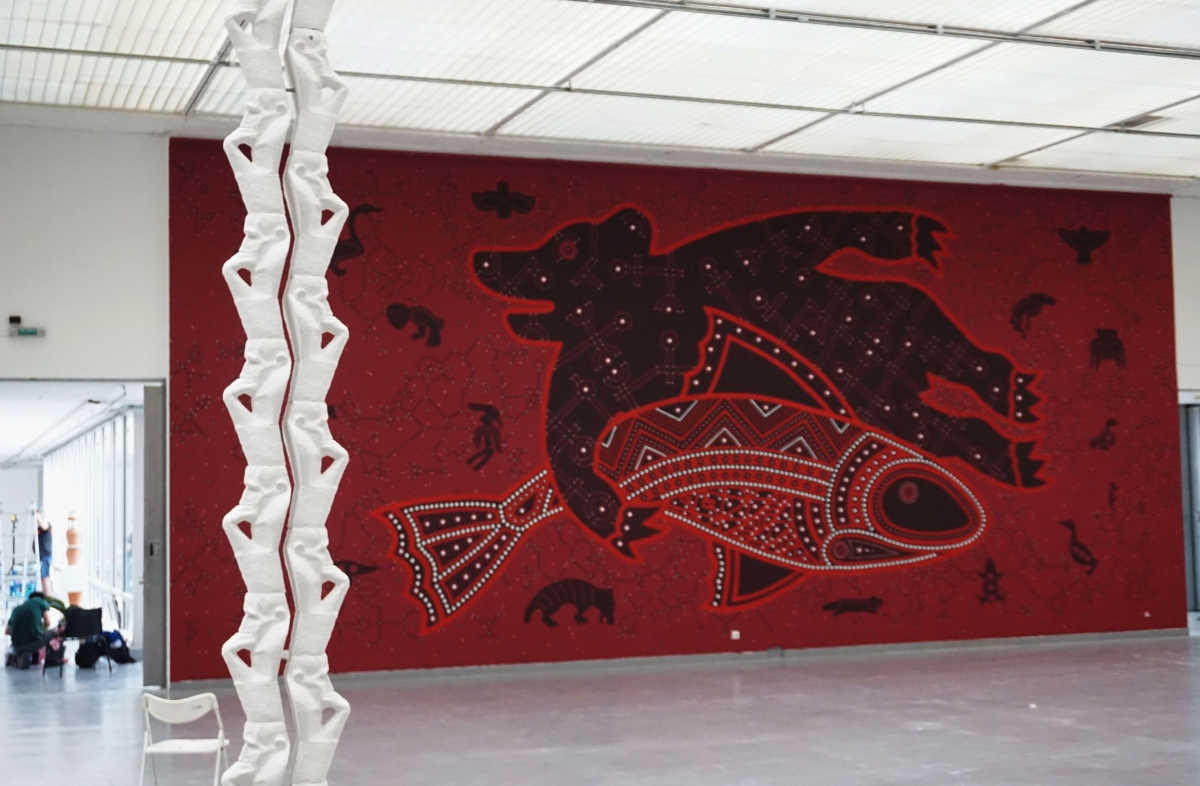
Artūras Raila, Column of Concern, 1989/2019, collection of M HKA, Antwerp and Pavel Mikushev, Oš da čeri götrasem (Marriage between Fish and Bear), 2019. Photo by Izmail Efimov
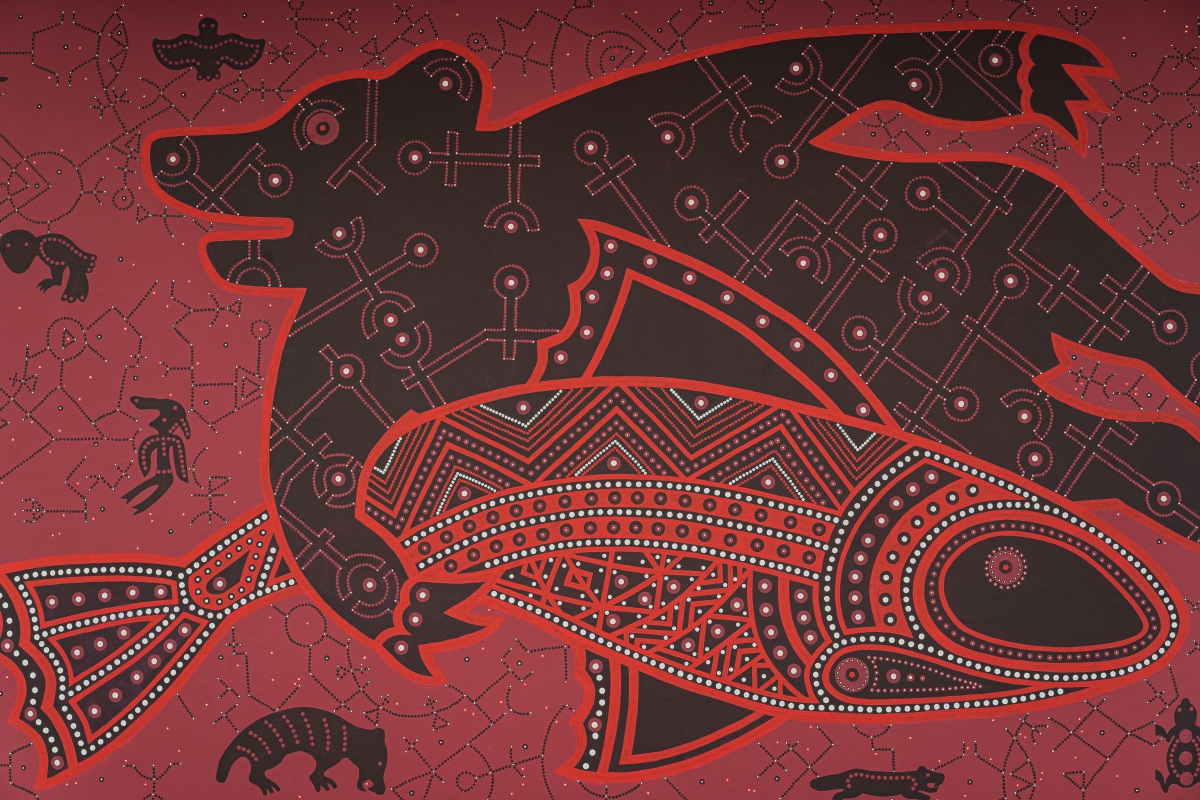
Pavel Mikushev, Oš da čeri götrasem (Marriage between Fish and Bear), 2019. Photo by Andrej Vasilenko
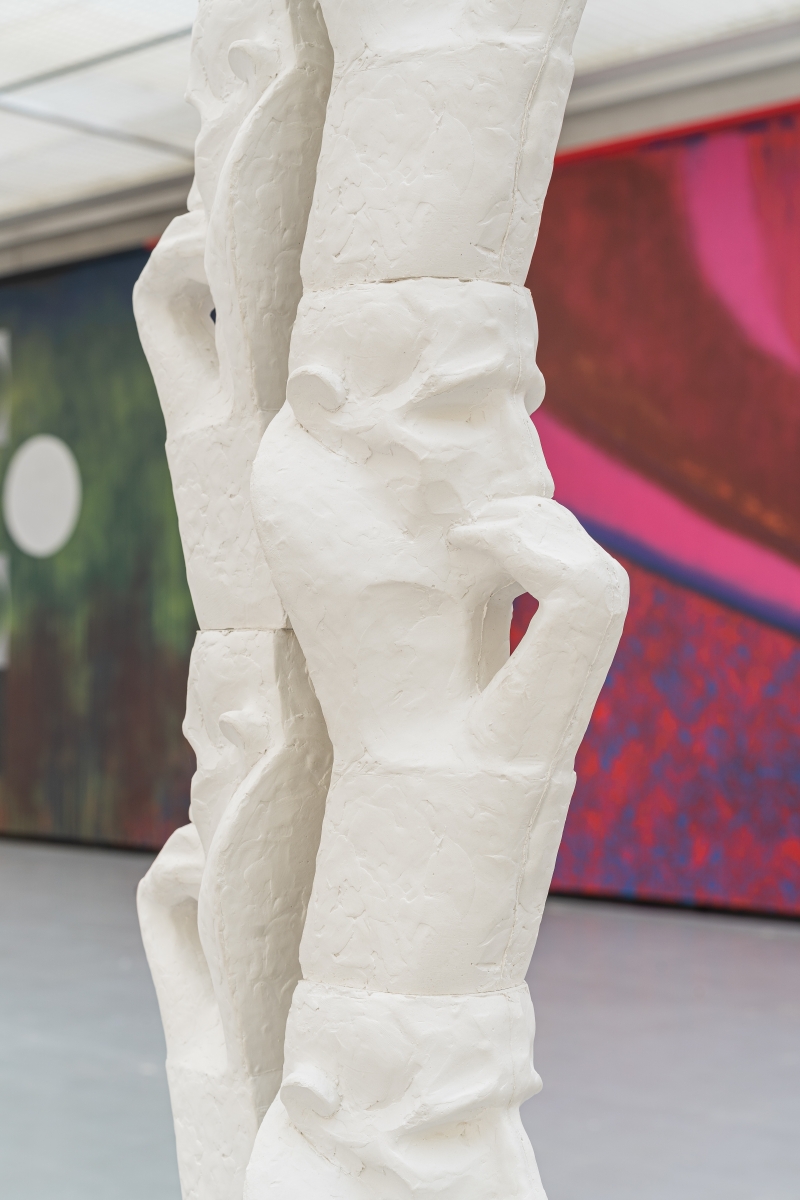
Artūras Raila, Column of Concern, 1989/2019, collection of M HKA, Antwerp. Photo by Andrej Vasilenko

Rustam Khalfin, Nulevoj uroven’ – glinjannyj proekt (Degree Zero: The Clay Project), 1999. Photo by Andrej Vasilenko
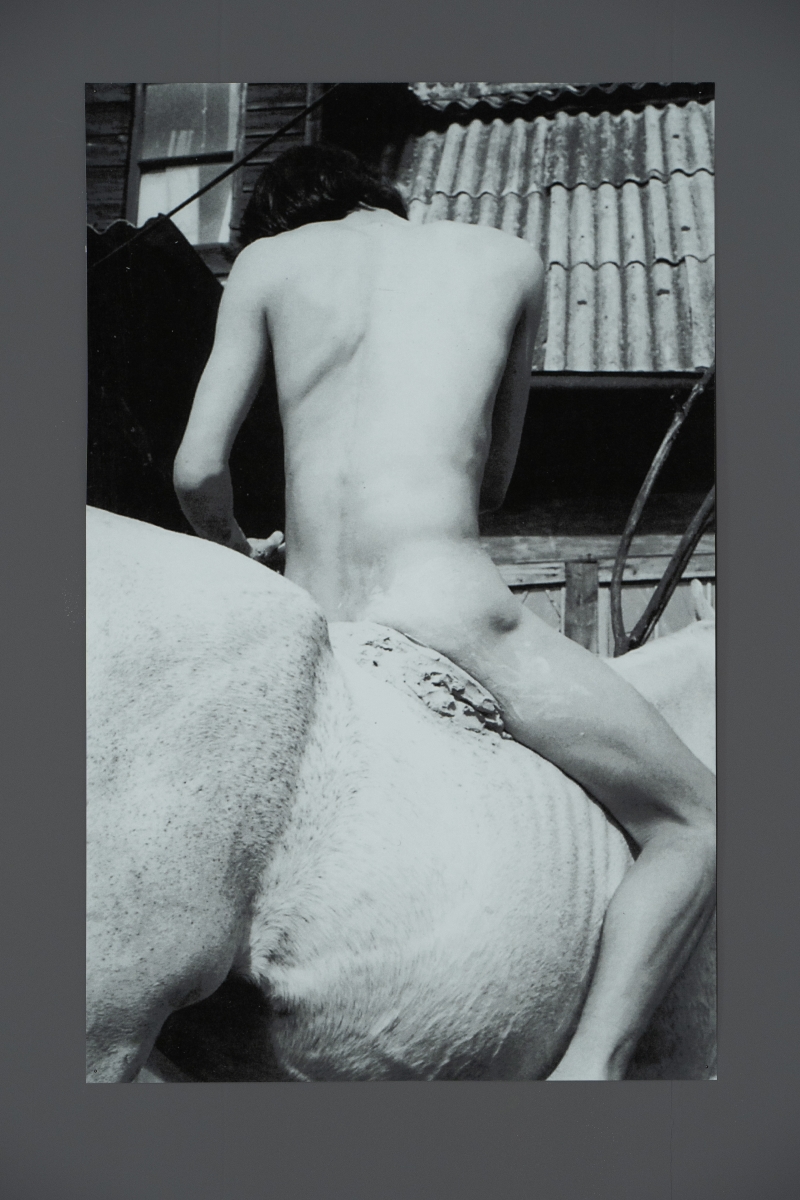
Rustam Khalfin, V čest’ vsadnika – ideal’noe sedlo (Homage to the Rider: The Ideal Saddle),1997. Photo by Andrej Vasilenko
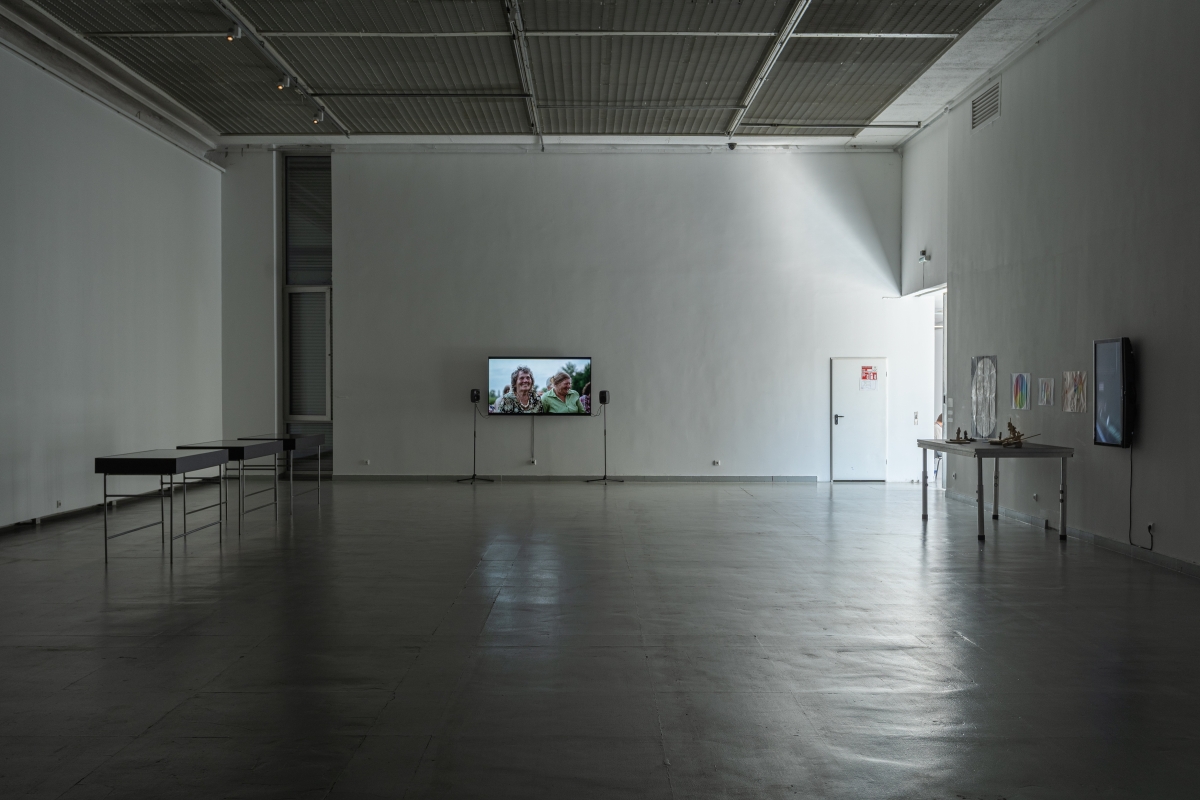
Photo by Andrej Vasilenko
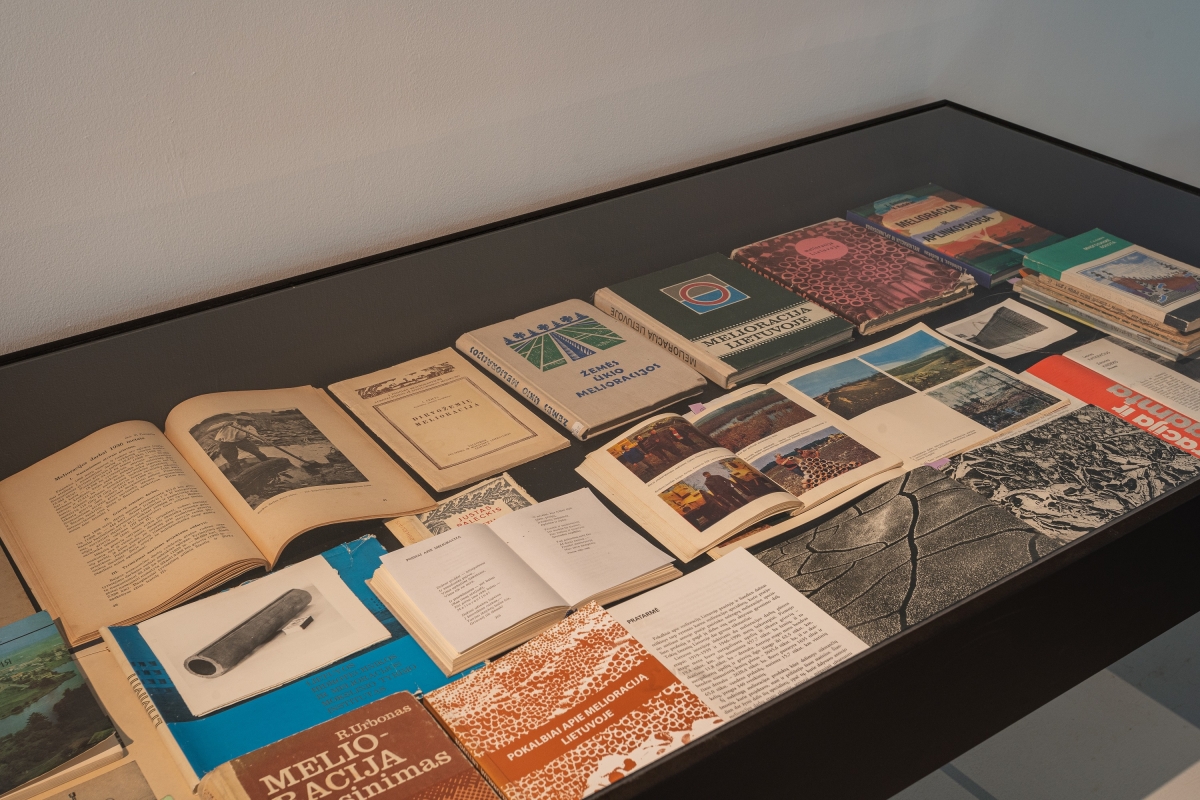
Aurelija Maknytė, Partisans of Landscaping: A Study, 2014–2019. Photo by Andrej Vasilenko
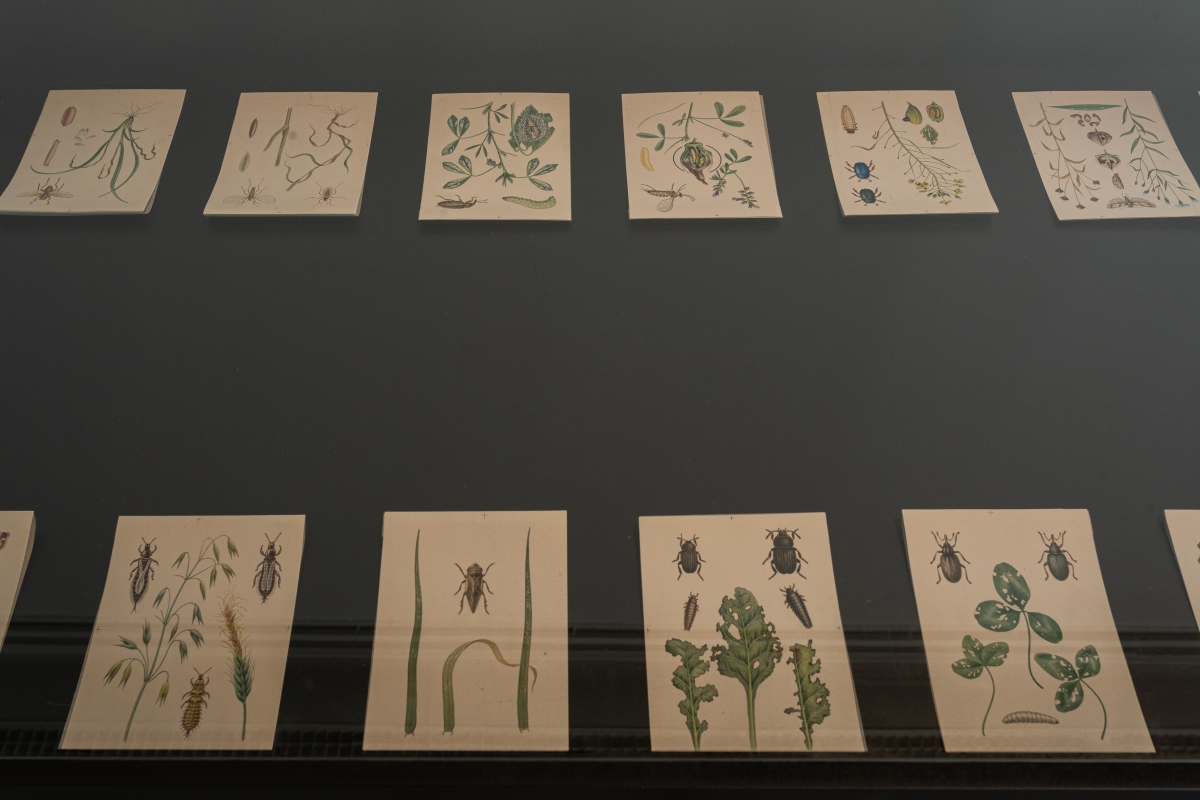
Gediminas Pempė, illustrations for the book ‘Pests and Diseases of Field Crops’, 1994, collection of M.K.Čiurlionis National Museum of Art. Photo by Andrej Vasilenko

Darius Žiūra, Gustoniai in Gustoniai: The Trailer, 2019. Photo by Andrej Vasilenko
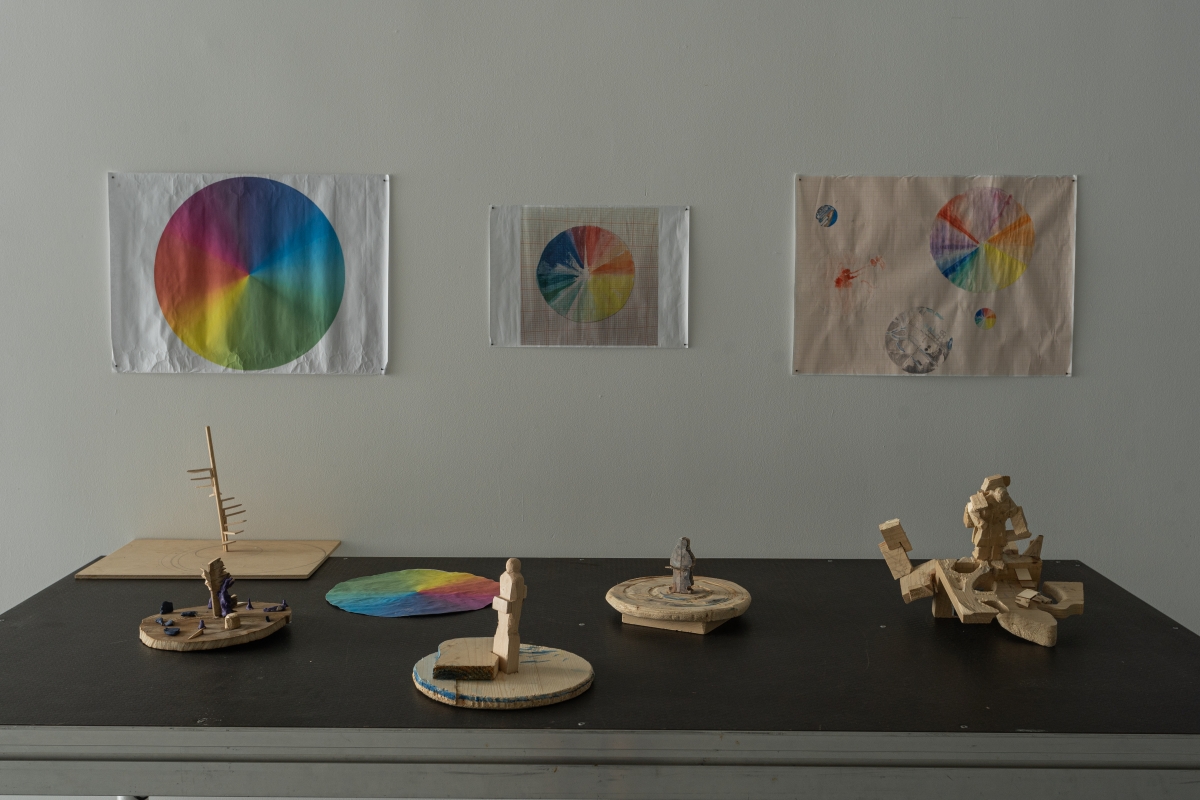
Róza El-Hassan, Fall of the Iron Curtains / Man Needs a Map, 2019. Photo by Andrej Vasilenko

Trevor Yeung, Night Mushroom Colon (Seven), 2016/2019. Photo by Andrej Vasilenko
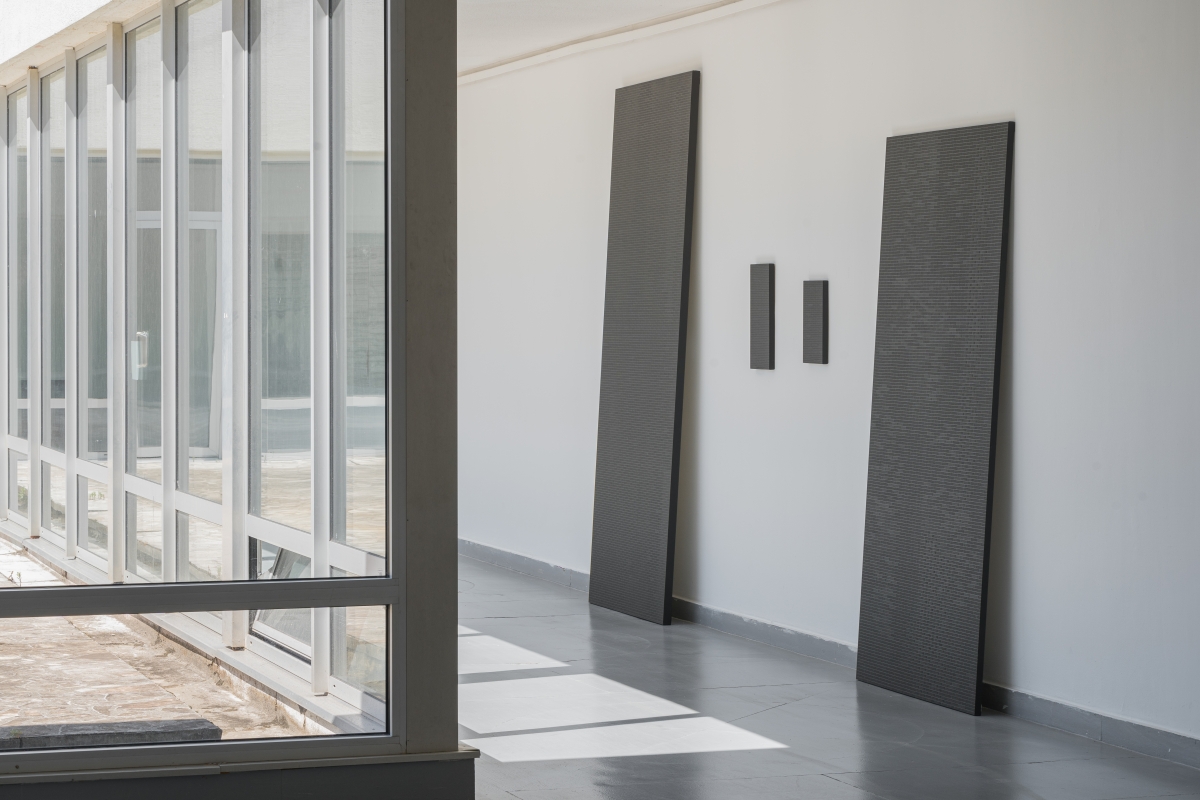
Maria Taniguchi, Untitled, 2015–2018, courtesy carlier | gebauer. Photo by Andrej Vasilenko
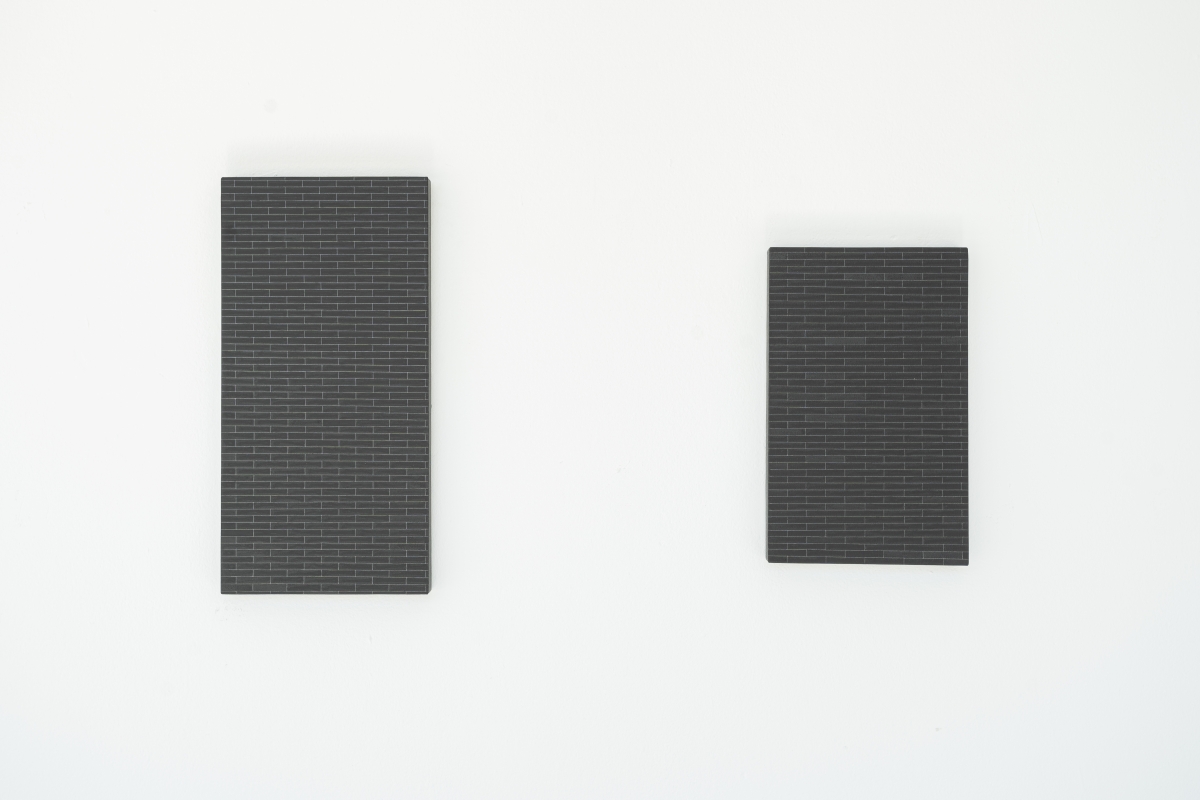
Maria Taniguchi, Untitled, 2018, courtesy carlier | gebauer. Photo by Andrej Vasilenko
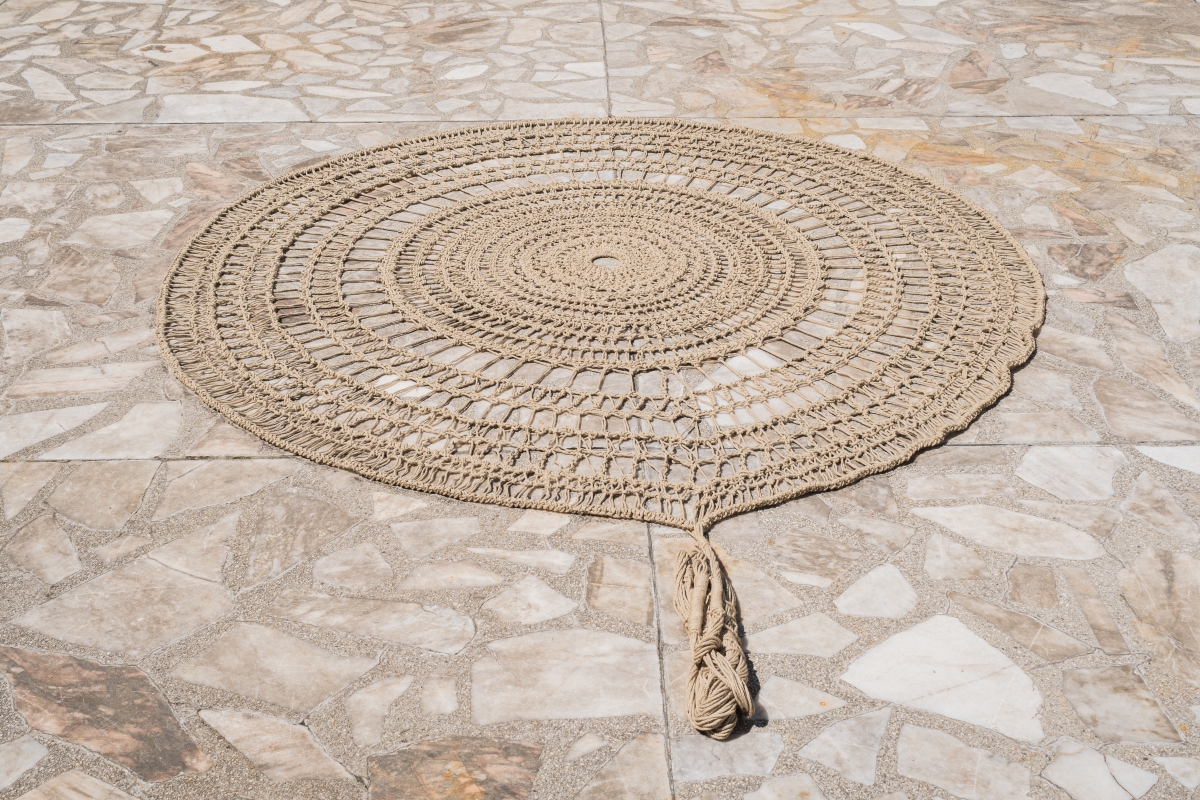
Juha Pekka Mattias Laakkonen, Sallittu. Allowed, 2019. Photo by Andrej Vasilenko

Trevor Yeung, Work So Hard to Make Things Happen (Medinilla), 2019. Photo by Andrej Vasilenko
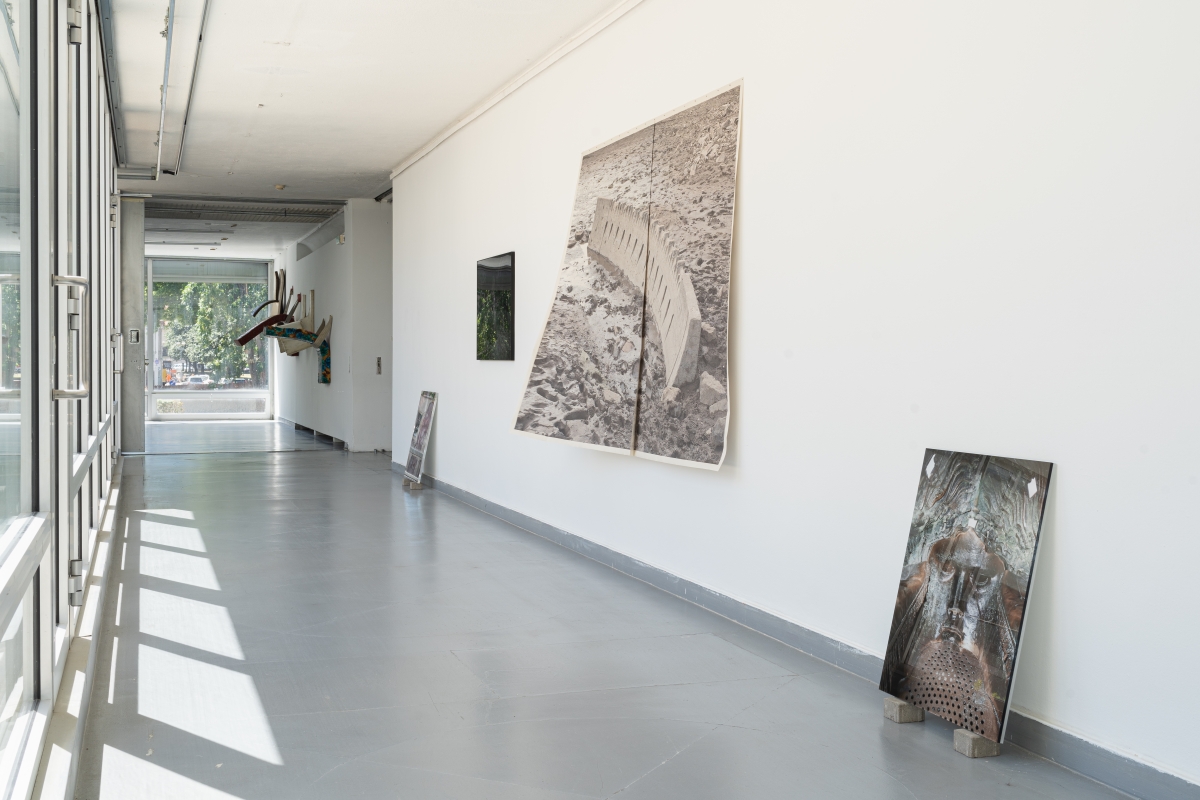
Nicolas Wefers, c-prints, 2018-2019. Photo by Andrej Vasilenko

